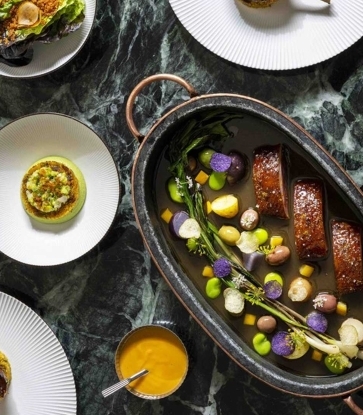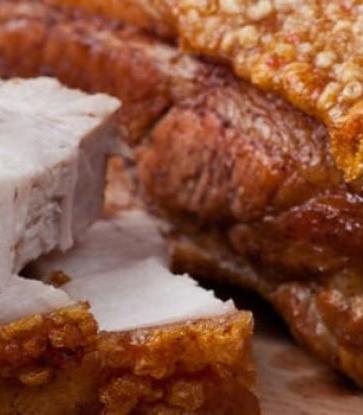For so long, the world has looked upon the ingredients of far flung European cuisines as a source of prestigious consumption. Think along the lines of truffles and foie gras.
But the tables have been turned – at least in the world of mixology.
“More bars are using local ingredients and applying modern techniques to indigenous ingredients,” says Alex Kratena, founder of P(our) – a non-profit organisation that looks to bolster the synergy of the global drinks industry by sharing ideas in annual symposiums.
The indicators have been brewing independently in each country, but a survey of bars from Tokyo, to Seoul, and Bangkok to Taipei reveals that the movement is, in fact, widespread across the continent.

In Seoul, Terry Kim, owner and head bartender of Alice notes that ginseng, dried jujubes and maeseal (a type of Korean plum) are taking pride of place next to premium soju and imported whiskies.
Mark Huang, Director of Woo Taipei, notes the same: “These days, we have a variety of themed-bars opening in Taiwan showcasing more of Taiwanese cultural flavour, the usage of local ingredients, spices and local tea leaves.”
In Japan, Hiroyasu Kayama, head bartender and owner of Bar Benfiddich in Tokyo adds that more bars are also using Asian spirits to craft their tipples. More distilleries are using Japanese botanicals like kinome, Japanese cypress and bamboo leaf in recent years.
Likewise, in Hong Kong, Antonio Lai, Executive Mixologist of one Michelin-starred VEA, is also using local ingredients like honey in his concoctions.

“These trends exist because people [are] appreciating more details, focusing on quality and perfection,” says Lester Ligon, head bartender of ABV in Manila.
For Antonio Lai, he uses local ingredients because the taste is slightly different. "And it's always good to focus on local elements by supporting our local farms in Hong Kong. Without our support, one day the farming industry will vanish."
To be sure, cocktails with an Asian or tropical twist are not new. Drinks like the Singapore Sling or even mai tais have been around for a while. But the difference is stark.
The ingredients used now are far more niche, often depending on the mixologist’s creativity and palate rather than run-of-the-mill recipes. Some, like Kayama as well as Singapore’s Anti:dote bar, even grow their own edible greens to use.
The focus is also on elevating local producers and ingredients. “Bars and certain local distributors are helping each other to showcase the best Filipino products and the freshest produce the country has to offer,” says Ligon.
And the most interesting part: even bars in Paris are starting to use Asian ingredients. The New York Times, for instance, noted that pandan – the fragrant leaf used in Southeast Asian cooking – has been the latest trendy ingredient in the French capital.
Perhaps the tables really have turned.
Recommended reading: View more cocktail stories here.












